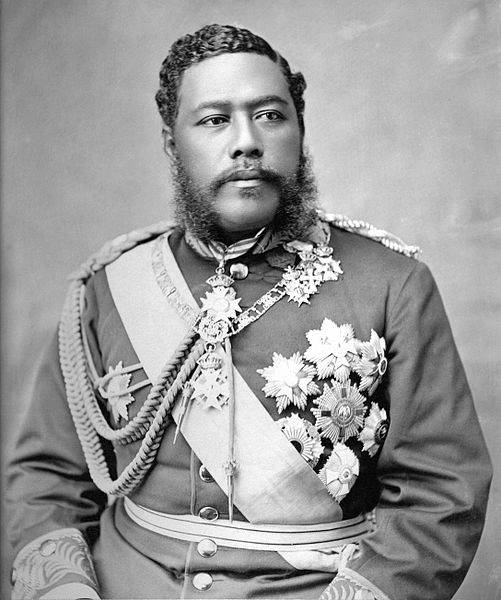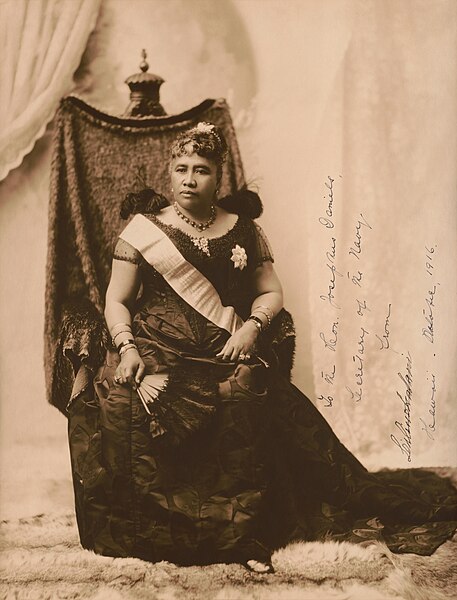Independence Day (Hawaii)
Hawaiian Independence Day was a national holiday celebrated annually on November 28 to commemorate the signing of Anglo-Franco Proclamation of 1843, the official diplomatic recognition of the independence and sovereignty of the Hawaiian Kingdom by Great Britain and France. It is still celebrated today by proponents of the Hawaiian sovereignty movement.
Flyer for the 30th anniversary celebration in 1873
Timoteo Haʻalilio, one of the ambassadors sent by King Kamehameha III.
The Hawaiian Kingdom, also known as Kingdom of Hawaiʻi, was a sovereign state ruled by unelected dynastic families located in the Hawaiian Islands which existed from 1795 to 1893. It was established during the late 18th century when Hawaiian chief Kamehameha I, from the island of Hawaiʻi, conquered the islands of Oʻahu, Maui, Molokaʻi, and Lānaʻi, and unified them under one government. In 1810, the Hawaiian Islands were fully unified when the islands of Kauaʻi and Niʻihau voluntarily joined the Hawaiian Kingdom. Two major dynastic families ruled the kingdom, the House of Kamehameha and the House of Kalākaua.
Hawaiian military officer, 1819 (by Jacques Arago)
King Kalākaua meeting U.S. President Grant at the White House, 1874
King Kalākaua
Liliʻuokalani






